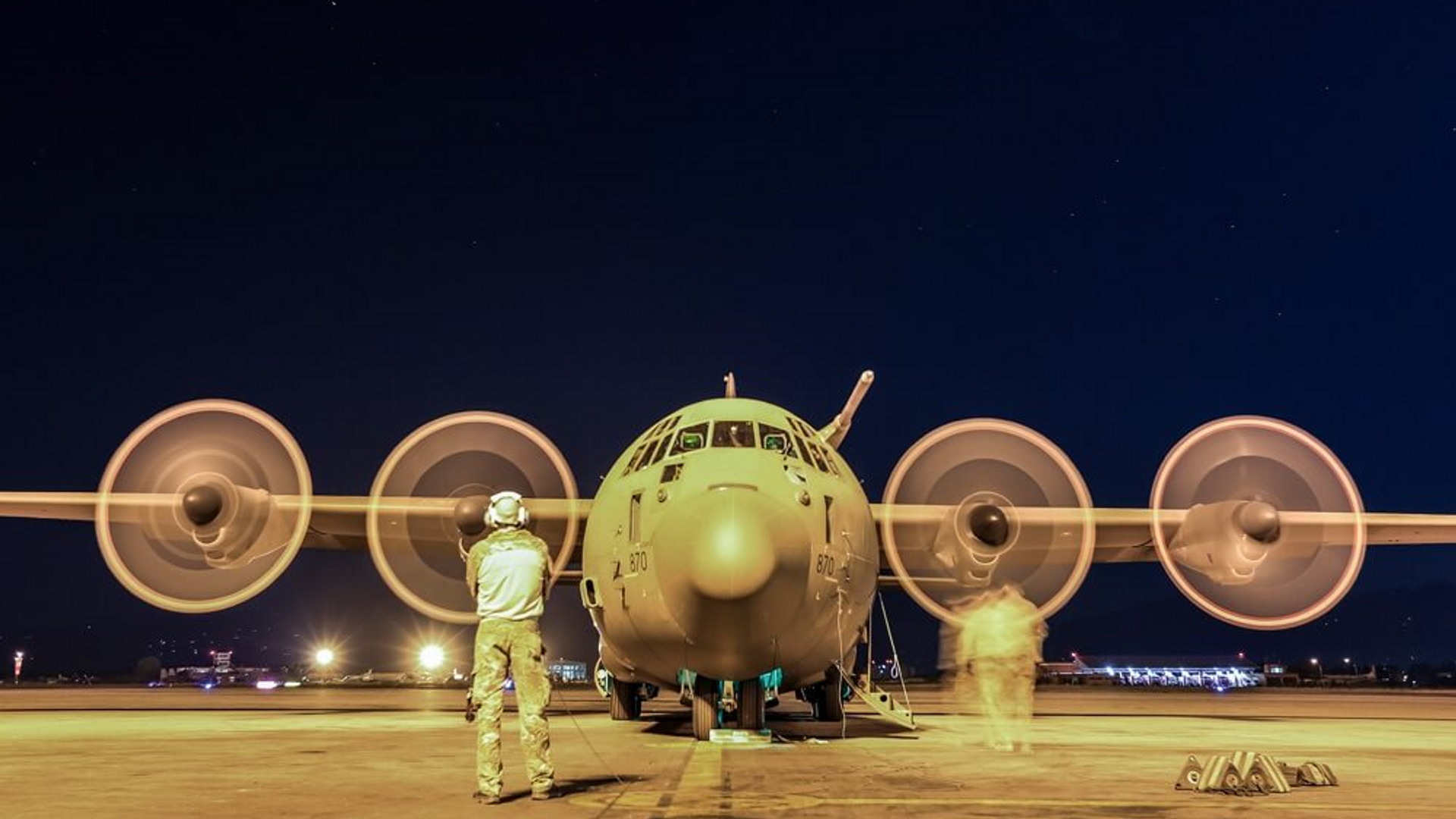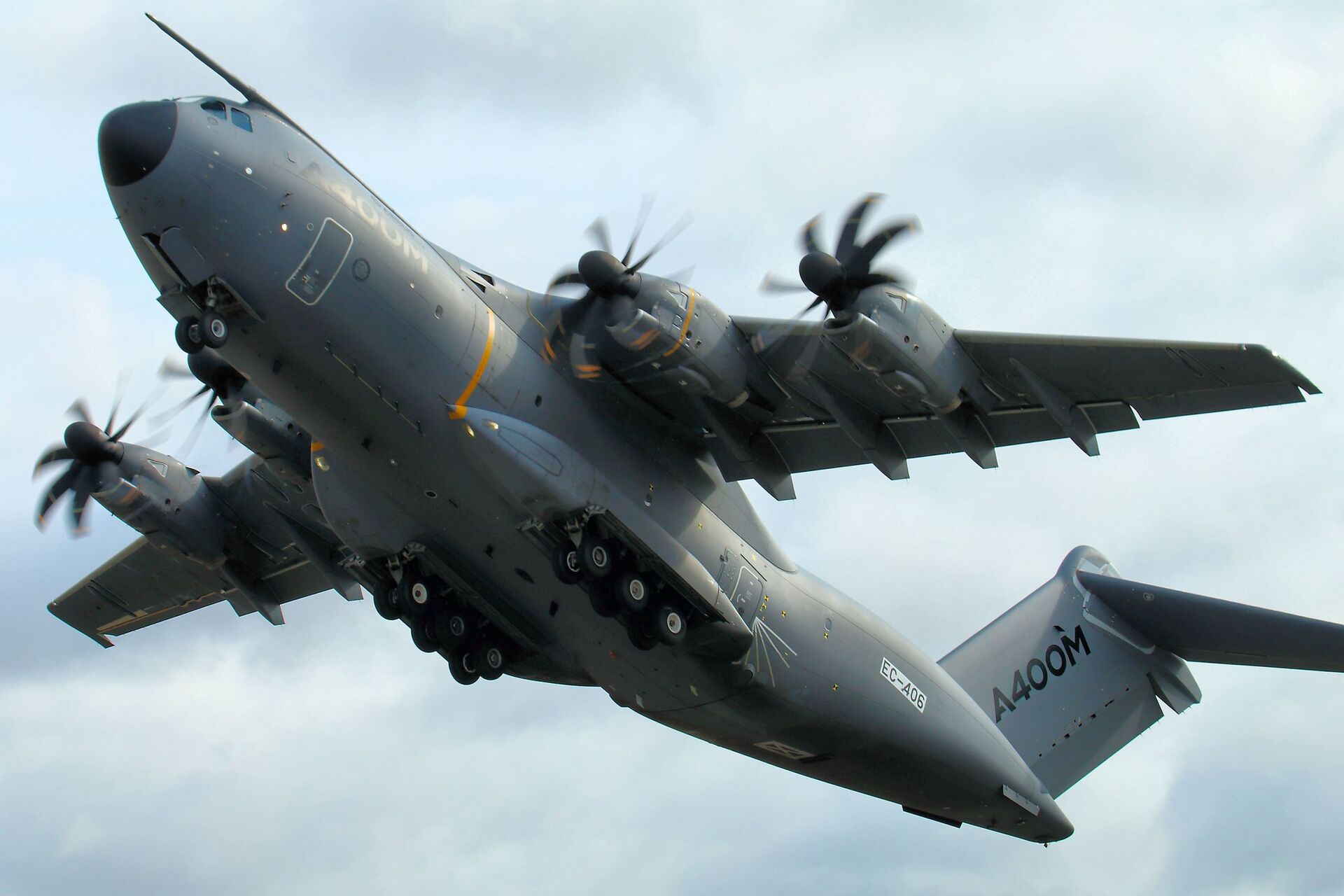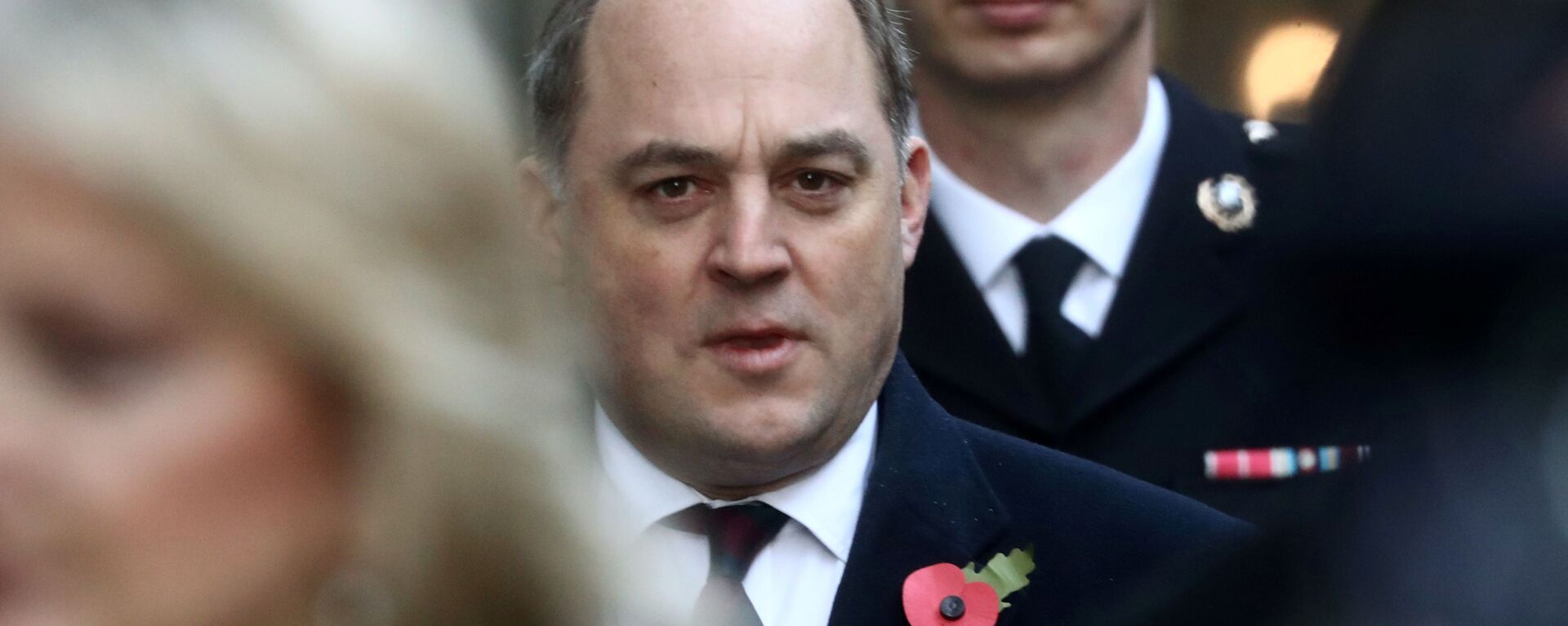The Royal Air Force’s stock of 14 Hercules C-130J transports is reportedly set to be phased out entirely in the sweeping strategic review of Britain’s military capabilities tasked with making the armed forces fit to fight the wars of the future.
Defence insiders and people said to be familiar with the plans told the Financial Times that the move to scrap the planes will be formally unveiled Monday in a white paper, with the C-130Js’ workload to be picked up by Airbus A400M Atlas transports – the considerably newer and larger aircraft introduced into service in the mid-2010s. The RAF already has 20 A400Ms in its inventory, and plans to order “at least” two more.
The UK made the decision to buy the C-130Js in the mid-1990s, with the planes’ deliveries beginning in 1998 and 1999, just in time for the military campaigns that Britain would go on to fight in the Middle East and Central Asia in the 2000s and 2010s alongside its US allies. A Strategic Defence Review in 2010 called for the planes to be retired by 2022, but the plans were pushed back, with the remaining 14 C-130Js previously expected to keep flying until at least the mid-2030s.
The C-130J is a modernised version of the C-130, a US air platform first introduced into service with the US military in the mid-1950s, and exported to dozens of countries around the world ever since.
A source told FT that the plan to scrap the C-130Js “one of those hard decisions that had to be made.”
Sweeping Review
The Hercules isn’t the only weapons platform placed on the chopping block. According to recent reports, the Defence Ministry is expected to retire all 758 of the Army’s Warrior infantry fighting vehicles in favour of newer Boxer mechanised infantry vehicles, cut Army personnel from about 76,350 to 73,000, upgrade part of the fleet of Challenger 2 main battle tanks while mothballing the rest, and increasing Britain’s arsenal of nukes.
At a press conference on Friday, Defence Secretary Ben Wallace promised that Monday’s White paper would provide “an honest assessment” of the UK’s military capabilities and plans, including “availability” and “deployability rather than just numbers on bits of paper.”





